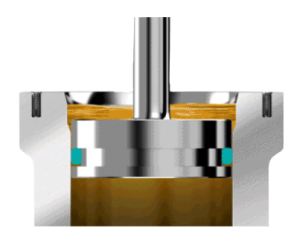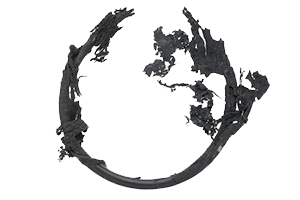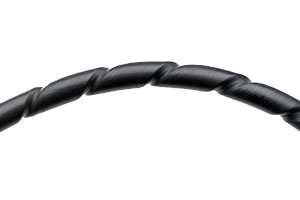Article re-posted with permission from Parker Hannifin Sealing & Shielding Team.
Original content can be found on Parker’s Website and was written by William Pomeroy, applications engineer, Parker O-Ring & Engineered Seals Division.
There are many situations where an O-Ring may not last as long as one thinks that it should. When the expectation is realistic and yet the seal fails earlier than expected, Applications Engineering teams are often asked to help discover the seal failure mode(s).
Seal failure is often due to a combination of failure modes, making root cause difficult to uncover. When beginning a failure analysis, items usually asked for include: hardware information, how the seal is installed, application conditions (temp, fluids, and pressure exposure), and how long into the service that the seal failed. These details help bring the overall application into focus and enable a quick diagnosis to help resolve seal failures. In part one of the seal failure blog series, we will discuss compression set, extrusion, and spiral failure.
Compression set
-

- There are many potential causes for compression set.
- Poor material properties
- Improper gland
- Fluid incompatibility
- Temperature exposures above the recommended range for the material.
Extrusion and Nibbling
-

- Face seals do not usually have an extrusion gap, so this orientation can achieve much higher pressure loads than a radial seal. Without a gap for the seal to extrude into, the risk of significant extrusion is highly diminished.
- Extrusion in radial seals can by combated by reducing the clearance gap or by adding a back up ring.
Spiral Failure
-

Check out Parker's neat video about Seal Failure Modes:
Parker and Gallagher Fluid Seals can help diagnose seal failures and the best sealing solutions for your application.
Stay tuned for Part 2 in this series.
For more information about how Gallagher Fluid Seals can help you, contact our engineering department today.
